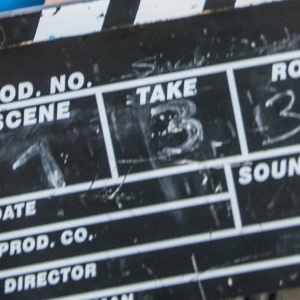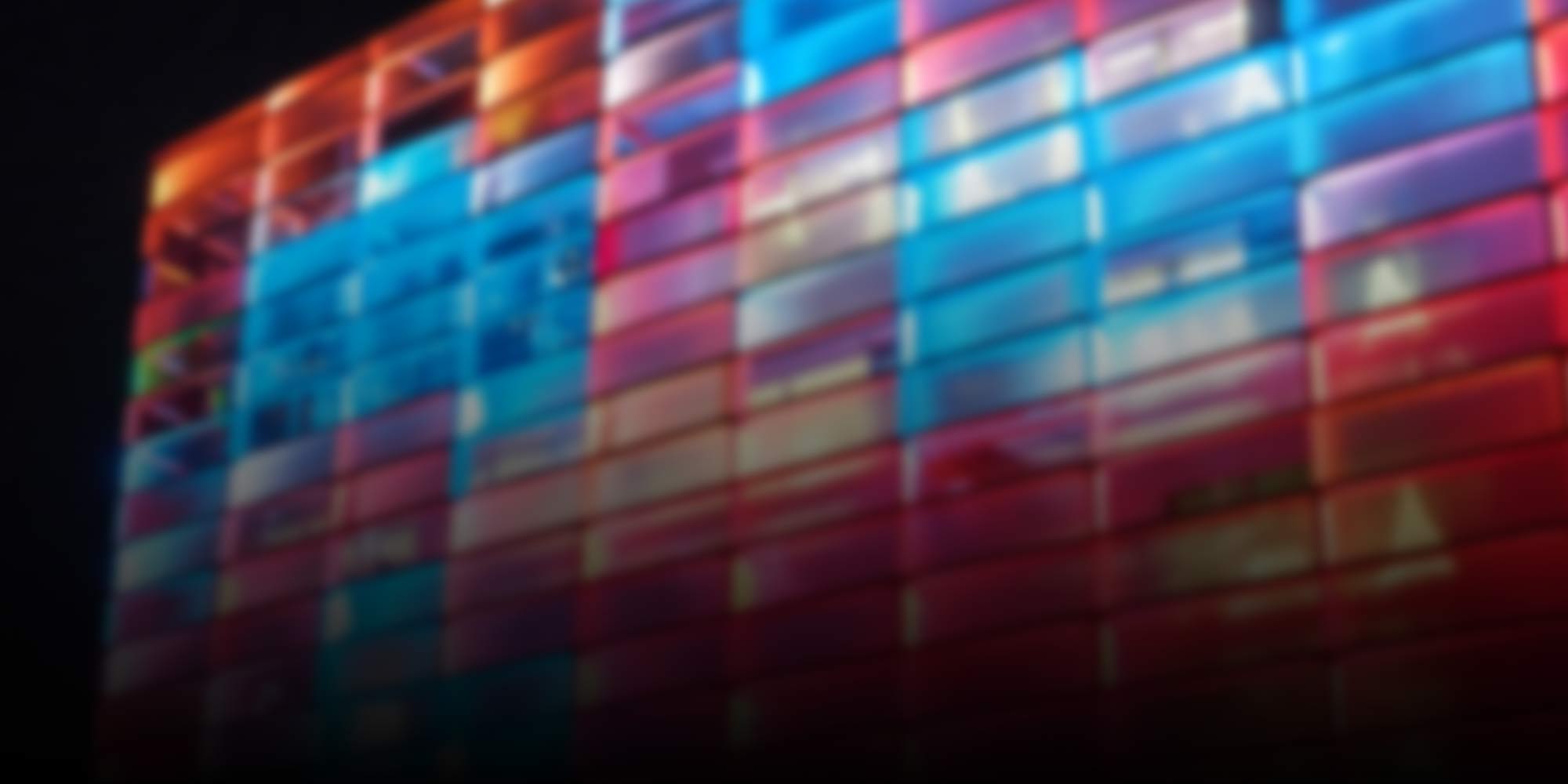
Story
-
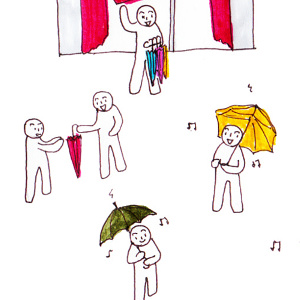
Umbrella Radio
At the 2014 Ars Electronica Festival, Ö1, the ORF – Austrian Broadcasting Company’s cultural radio station, will be broadcasting Umbrella Radio. At preset times, the Ö1 crew will ring the chimes of change and request favorably disposed festivalgoers to take part in a Change Radio ritual.
-
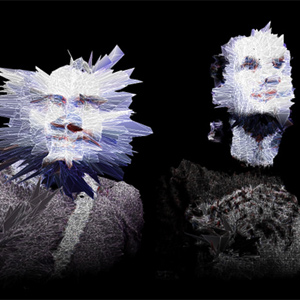
Take a Number, Leave Your Head
Since 2011, (St)Age of Participation has been performing research on audience participation in stage-based media art. This is now being taken to the next level at the Ars Electronica Festival; an interactive club offering drinks and dada that totally eliminates the boundaries between a sphere for actors and a separate one for the audience.
-
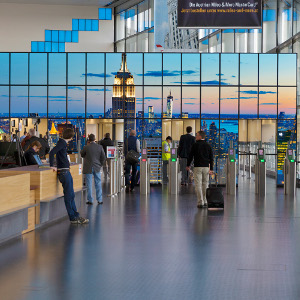
Ars Electronica Solutions at the Future Playground
Future Playground is a showcase of notable new developments by the Ars Electronica Futurelab and Ars Electronica Solutions. Michael Badics explains which interactive products and services Ars Electronica Solutions be showcasing there.
-
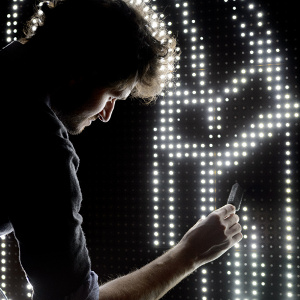
Water Light Graffiti – Water Makes Light
A sponge, brush or water pistol and some water – that’s all it takes to conjure up Water Light Graffiti on a wall studded with thousands of water-sensitive LEDs. The principle is simple; the results are a feast for the eyes.
-
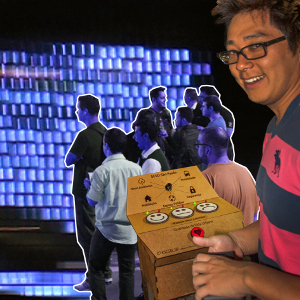
Smart Citizen Sentiment Dashboard
You can get an impression of the feelings and attitudes of people in Linz towards the environment, mobility, security, the housing situation and the public sphere from the Smart Citizen Sentiment Dashboard (SCSD) on the Ars Electronica Center.
-
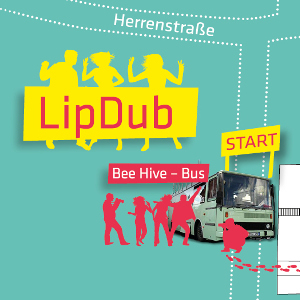
LipDub – take a chance … take a change!
People of different origins, with varied interests, from diverse social strata dovetail into a current and flow through town. The emotional highpoint of the 2014 Ars Electronica Festival is a major CHANGE-based production!
-
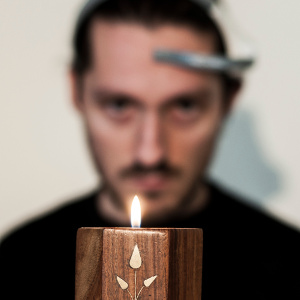
Interface Cultures – The 10th Anniversary
To mark the 10th anniversary of Interface Cultures, a master’s program at Linz University for Art and Design, the annual Interface Cultures-Campus Exhibition at 2014 Ars Electronica Festival is being expanded to include a program including network talks, an alumni meeting and a Bring Your Own Art event.
-
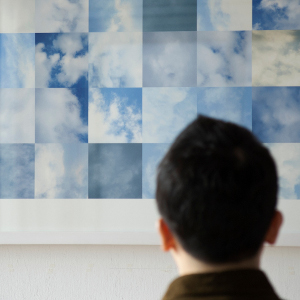
Featured Artists 2014 Ars Electronica
Computers that recognize faces in clouds, cat faces, which are perceived as human faces, mirrors in which you can’t take a look and much more will be presented by the Featured Artists Shinseungback Kimyonghun at the 2014 Ars Electronica Festival.
-
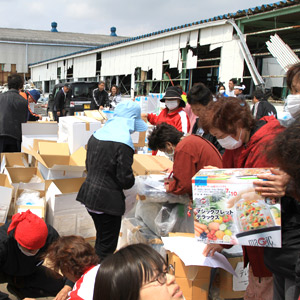
Project Fumbaro Eastern Japan – Getting Aid to Those Who Need It
Golden Nica winner Takeo Saijo succeeded in setting up a digital community that mobilized thousands of volunteers to help those whose lives were devastated by the 2011 earthquake and tsunami in Japan.
-
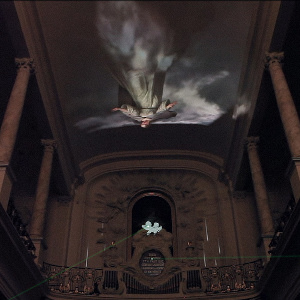
Linz’s Cathedral as a Musical Instrument
Projection mapping is being raised to the next level of artistic development in “Archifon III”, an interactive installation that Czech artists Tomáš Dvořák and Dan Gregor are staging at the grand opening of this year’s Ars Electronica Festival.
-
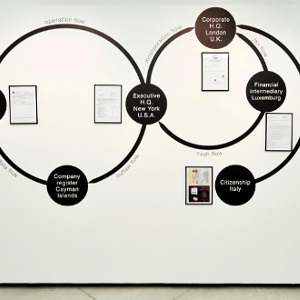
Loophole for All – Freedom from Taxation for Everybody!
“Everyone should have the possibility of exploiting the same tax benefits that major corporations are constantly taking advantage of” ,Paolo Cirio stated. He describes his project as an attempt to democratize tax avoidance.
-
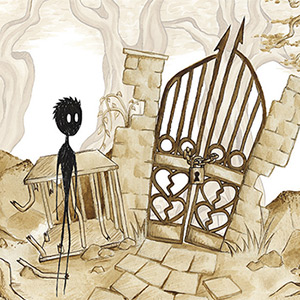
ARTS2: The Art of Programming
The featured guest institution at this year’s Campus exhibition is the ARTS2 art academy in Mons, Belgium, the 2015 European Capital of Culture. In this interview, Professors Michel Cleempoel and François Zajéga offer a close-up look at the school’s multidisciplinary Digital Arts program.
-
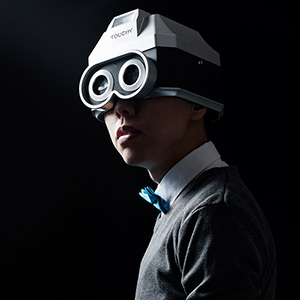
Device Art: Cool Tools
The Ars Electronica Center’s new “Device Art” exhibition features an extraordinary array of odd devices. What they have in common: whimsical outer shells with serious concepts inside. Hiroo Iwata has been a trendsetter in Device Art since its inception in 2004.
-
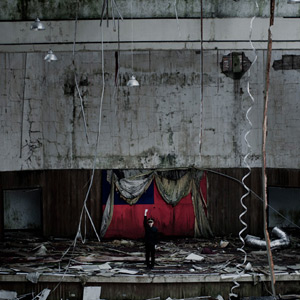
Buddha on the Beach
Contemporary life is full of rapid changes, the virtual collides with reality, chaos is the ultimate master. At the 2014 Ars Electronica Festival the exhibition Buddha on the Beach presents Taiwanese works that take up the topic.
-
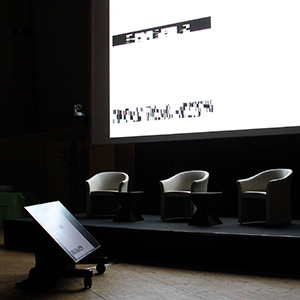
Ryoji Ikeda immersing into the world of physics at CERN
The Japanese media artist and composer Ryoji Ikeda, the third Prix Ars Electronica Collide@CERN winner, started his residency in CERN. Together with his scientific inspiration partner Tom Melia he talked about the residency.
-
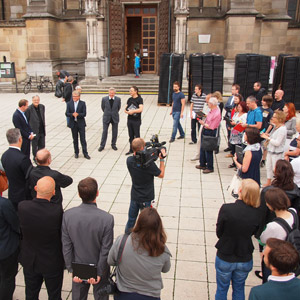
First Look at the Festival Program 2014
The 2014 Ars Electronica Festival is quickly approaching and the lineup of events is shaping up nicely. So, this would be a great time for a sneak preview of some featured presentations and exhibitions. Here’s a peek at what you can look forward to at the opening on September 4th.
-
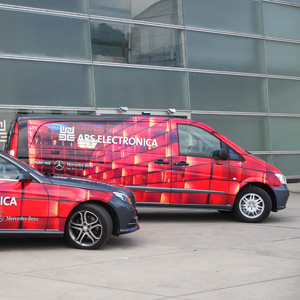
Mercedes-Benz: Ars Electronica’s Official Fleet Supplier since 2013
Mercedes-Benz Austria has been Ars Electronica’s official fleet supplier since last year. the reciprocal inspiration of art and science is one of several promising strategies they’re pursuing.
-
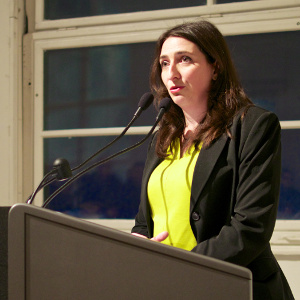
2014 CyberArts Exhibition
The CyberArts Exhibition traditionally shows a selection of works singled out for recognition by the Prix Ars Electronica. In this interview Genoveva Rückert gets a foretaste of the 2014 CyberArts Exhibition.
-
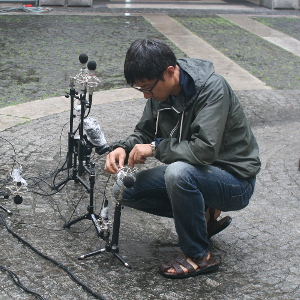
Detecting the Feelings of Plants
On the trail of the feelings of plants, Young Sun Kim goes in the course of his residency stay in the Ars Electronica Futurelab, by presenting sounds from the perspective of little flowers.
-
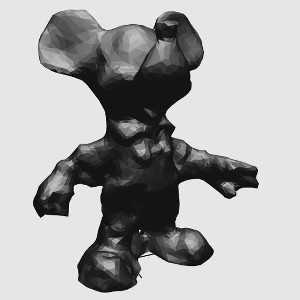
File-sharing with Disarming Corruptor
With a critical project, in the field of digital manufacturing, Matthew Plummer-Fernandez won an Award of Distinction at the Prix Ars Electronica 2014. In an interview he talks about the software application „Disarming Corruptor“.
-
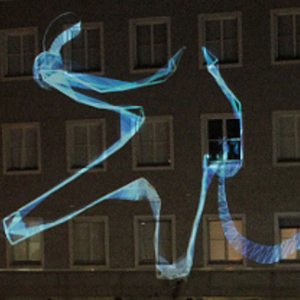
Linz Dances with MovesReloaded and OscFluctuation
We’re pleased to announce two great public showcases for the 2014 Ars Electronica Festival, which Ars Electronica Futurelab and Salzburg University of Applied Sciences has been developed together in the context of a research project named CADET.
-
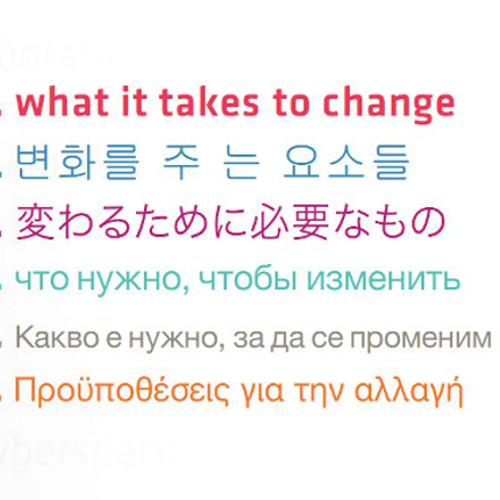
Open Call to Take Part in the Future Innovators Summit
Through an open call innovators and creators worldwide are invited to compete for the Future Innovators Summit and become one of 24 “catalysts of change”.
-
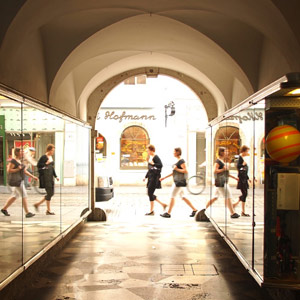
A Get-Acquainted Stroll around Festival City
Banks, schools, shops, pubs, courtyards, playing fields, avenues and lanes, display cases, churches and their façades and roofs—these are the Linz locations at which this year’s Ars Electronica Festival will be staged. Here’s a glimpse of what awaits you September 4-8, 2014.
-
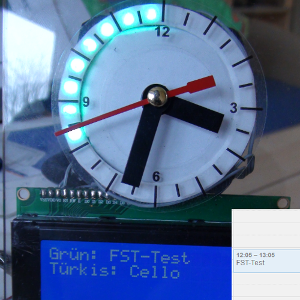
Time of Day and Appointments at a Glance
The 15-year-old student, Jonas Bodingbauer, developed a clock that lets you see not only the current time but also upcoming appointments. With his invention he received an Award of Distinction in the u19 – CREATE YOUR WORLD category.
-

Greetings, robot car!
Motorists will soon be sharing the road with robot cars on a daily basis. In cooperation with Mercedes-Benz, the Ars Electronica Futurelab is investigating ways to enable us to communicate effectively with the self-driving vehicles that are coming our way.
-
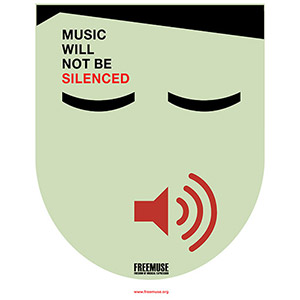
Soundtracks for Change
Incarcerated, ostracized, silenced—the fate of many musicians often goes unheard. Freemuse, the world forum on music and censorship, is trying to change this by keeping the global public informed.
